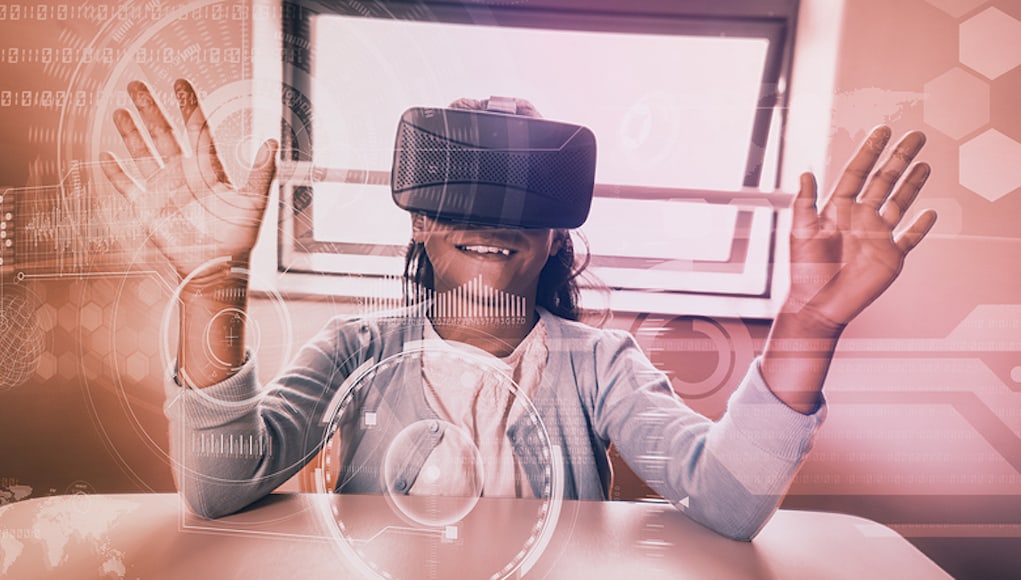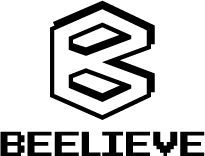Augmented Reality (AR) and Virtual Reality (VR) technologies have the potential to improve classroom experiences and increase the number of options available at all levels of education.
According to “The Cone of Learning” by Edgar Dale, we learn faster by doing far more than reading, hearing, or observing. This research supports the theory of “learning by doing” that puts the student-centered curriculum. So, in order to enhance learning progress, how can we improve the learning experience for students? The answer is by applying technology.
In a word, AR and VR are forms of hands-on learning. By allowing students to engage in kinesthetic learning activities by giving students learning experiences that are motivating, engaging, and fully immersive in either a physical or virtual classroom. To put it another way, they make learning more fun and participatory.

Here are benefits of AR/VR in education:
Enhance Soft Skills: Together, teachers and students are actively engaged in a process. The students are conversing with one another. AR and VR both enable hyper-collaboration since activities, games, and excursions simulate real-world participation. Teamwork and collaboration occur naturally in AR/VR, reducing the additional classroom management and facilitation effort required of teachers.
Multisensory Experiences: Learning is a multidimensional experience including our senses, mental capacity, memory formation, and emotional sensitivity. The level of engagement with these factors is directly linked to the effectiveness of learning. Virtual reality facilitates learning by evoking certain emotional responses in students, thereby enriching courses and making them more memorable.
Virtual Field Trips: It has always been challenging for teachers to get students to comprehend abstract issues inside the classroom setting. With the aid of AR and VR, instructors can enable students to visually visit physically inaccessible locations. In addition, because of COVID-19 limits and health concerns, students have access to learning activities at any time and from any location. They are no longer limited to traditional classrooms alone.
Improve Workplace Training: AR and VRwill enhance all types of employee training by facilitating the comprehension of abstract concepts and the acquisition of hands-on experience in low-risk virtual environments. When it comes to simulating potentially dangerous situations or other settings that are difficult to replicate in real life, VR can be a very useful tool. Therefore, opening opportunities for students to explore various careers.
Better Comprehension of Complex Concepts: Each student has a unique approach for comprehending the material being taught. Some learners require additional time to comprehend particular concepts. Concepts that are unable to visually slow the path to comprehension. VR/AR in education serves as a tool for getting an accurate understanding of intangible and difficult-to-grasp concepts.
The promise of AR/VR in the educational future is broad and these technologies are existing right now. If you are considering applying an EdTech to your educational environment, please contact Bee for a free consultation.






